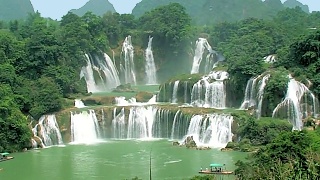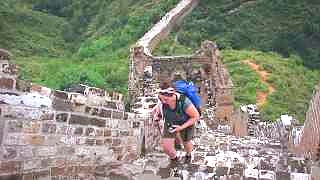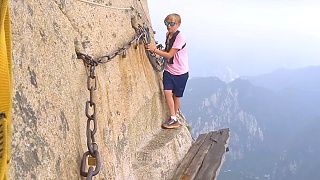
Taking the ShenZhen 深圳 metro


Featured Videos

|
GuangXi Province, on the border with Vietnam.
Filmed in June 2009.
|

|
HǎiKǒu, known as the 'Coconut City', is the capital of semi-tropical HaiNan province in south China; a port city on the island's north coast, facing the mainland.
|

|
With XiangBai, aged 84.
歲泰斗:用一輩子,做好最日常的事 ...
Bonus film - restoring a secluded nunnery on Cang mountain, YunNan ...
|

|
Bonus film - China Celebrates its Rise from Humiliated Colony to Global Power with The New Atlas ...
|

|
Visiting a few sections of the Great Wall of China near BeiJing, including 'Wild Wall' ...
|

|
With Walk East ...
|

|
BeiHai Park 北海公园 ...
Grand View Garden / DaGuanYuan 大观园 ...
|

|
With BeiJing Liu ...
|

|
Mindsets (history and philosophy) and economics (trade and wealth distribution).
Jeff Sachs talks with Rob Johnson about the current tragedy (doom) of US geopolitics.
Don't miss it ...
|

|
|